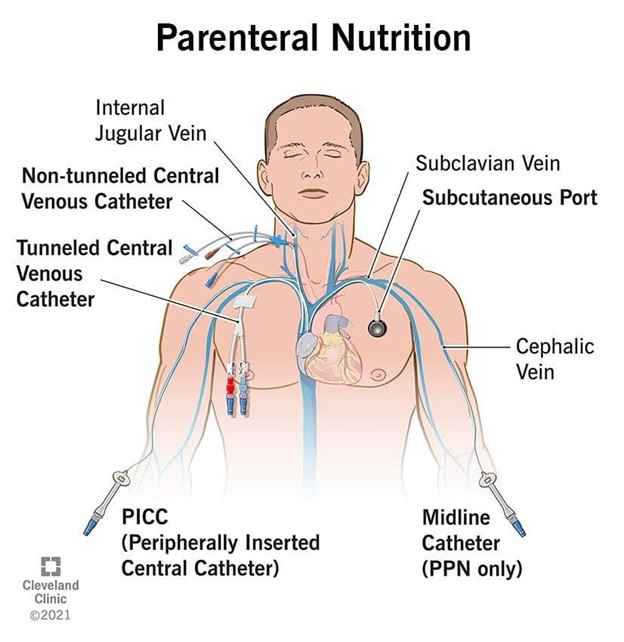A community health nurse is providing education to a group of older adults about immunizations.
Which of the following immunizations should the nurse recommend?
Human papillomavirus (HPV)
Rotavirus.
Diphtheria, tetanus, and acellular pertussis (DTaP)
Herpes zoster.
The Correct Answer is D
Choice A rationale:
Human papillomavirus (HPV) vaccination is recommended for adolescents and young adults to prevent HPV-related cancers and diseases. However, in the context of older adults, especially those who are not previously vaccinated, the priority shifts to other immunizations that are more relevant to their age group.
Choice B rationale:
Rotavirus vaccination is administered to infants to protect against rotavirus infections, which can cause severe diarrhea and dehydration. It is not a priority immunization for older adults. Older adults are at higher risk for certain diseases, and their immunization focus should be on vaccines that prevent those specific conditions.
Choice C rationale:
Diphtheria, tetanus, and acellular pertussis (DTaP) vaccination is essential for children and adults, especially for those who have not received a complete series of vaccinations. However, the question specifies older adults, and DTaP is typically administered to children. While it is crucial for healthcare providers and family members to stay up-to-date with their vaccinations, other immunizations are more pertinent for older adults.
Choice D rationale:
Herpes zoster vaccination (shingles vaccine) is recommended for adults aged 50 years and older. Herpes zoster is a painful rash caused by the reactivation of the varicella-zoster virus, which also causes chickenpox. Older adults are at higher risk of developing shingles, and vaccination can reduce the likelihood of the disease and its complications. Therefore, the nurse should recommend the herpes zoster vaccine to the group of older adults as it aligns with their age and addresses a specific health risk they face.
Nursing Test Bank
Naxlex Comprehensive Predictor Exams
Related Questions
Correct Answer is D
Explanation

- A is incorrect because IV tubing for total parenteral nutrition should be changed every 24 hours to prevent infection.
- B is incorrect because abdominal distention is not an expected effect of total parenteral nutrition. It could indicate a complication such as fluid overload or bowel obstruction.
- C is incorrect because gastric residual is not relevant for total parenteral nutrition, which bypasses the gastrointestinal tract.
- D is correct because weight measurement is an important indicator of fluid balance and nutritional status for clients receiving total parenteral nutrition.
Correct Answer is ["B","C","E","F"]
Explanation
The four findings that require follow-up are B, C, E, and F.
Rationale:
- Blood pressure: A normal blood pressure for an adolescent is 110/70 mm Hg. The question does not provide the adolescent's blood pressure, so it cannot be determined if it requires followup or not.
- Capillary refill: A normal capillary refill time is less than 2 seconds. A prolonged capillary refill time indicates impaired blood flow to the extremity, which could be due to vascular injury, compartment syndrome, or shock.
- Pedal pulse: A normal pedal pulse is +2 or +3. A weak pedal pulse (+1) indicates reduced blood flow to the extremity, which could be due to vascular injury, compartment syndrome, or shock.
- Heart rate: A normal heart rate for an adolescent is 60 to 100 beats per minute. The question does not provide the adolescent's heart rate, so it cannot be determined if it requires follow-up or not.
- Skin temperature: A normal skin temperature is warm and dry. A cool skin temperature indicates reduced blood flow to the extremity, which could be due to vascular injury, compartment syndrome, or shock.
- Pain: A pain level of 10 on a scale of 0 to 10 indicates severe pain that needs to be managed with appropriate analgesics and nonpharmacological interventions.
Whether you are a student looking to ace your exams or a practicing nurse seeking to enhance your expertise , our nursing education contents will empower you with the confidence and competence to make a difference in the lives of patients and become a respected leader in the healthcare field.
Visit Naxlex, invest in your future and unlock endless possibilities with our unparalleled nursing education contents today
Report Wrong Answer on the Current Question
Do you disagree with the answer? If yes, what is your expected answer? Explain.
Kindly be descriptive with the issue you are facing.
